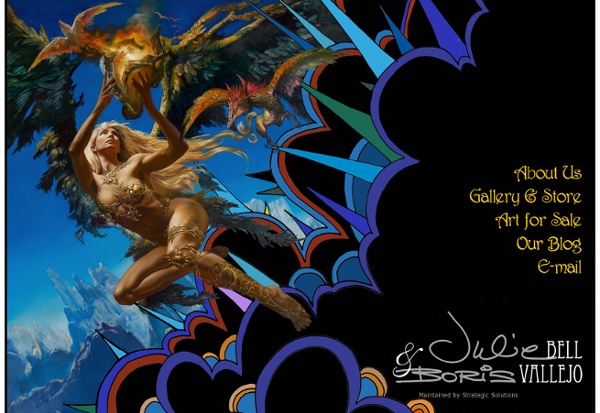



Qthelights - Jensen/Misha Dean/Cas Schmoop/Fluff/Cliche/H/C CommentFic Meme! original fabulous picture credit to jiiaffa So. We all have that guilty secret. We won't admit it. Ceci n'est pas une photographie ... ni un montage L’hyperréalisme comme on ne l’a jamais vu! Les peintures de Robin Eley sont déconcertantes de réalisme. Car ce ne sont pas des photographies mais bien des peintures à l’huile. L’artiste veut combattre l’art « jetable » notamment avec l’apparition du numérique. Il confie ainsi sur son site : « En réduisant notre capacité d’attention à un clic de souris ou au glissement d’un doigt, les images sont réduites à une folie jetable. Shel Silverstein: The World's Dirtiest Man The only one I can think of is this one from "Where The Sidewalk Ends": "The Dirtiest Man in the World" Oh I'm Dirty Dan, the world's dirtiest man, I never have taken a shower. I can't see my shirt - it's so covered with dirt, And my ears have enough to grow flowers.
This WordPress.com site is the bee's knees Art Center Video Youtube Channel “Los artistas somos quizás, de las personas más dinámicas y llenas de valor sobre la faz de la Tierra. Tenemos que lidiar con más rechazos en un año que lo que la mayoría de las personas en toda su vida. Cada día nos enfrentamos al reto financiero de vivir con trabajos temporales, con la falta de respeto de la gente que cree que debemos obtener un “trabajo real”, y el propio miedo a no volver a trabajar nunca más…. Cada día tenemos que ignorar la posibilidad de que esa visión a la que hemos dedicado nuestra vida sea un sueño muy lejano. Con cada año que pasa, muchos de nosotros miramos mientras las demás personas de nuestra edad obtienen los valores de una vida “normal”, el coche, la familia, la casa, el nido… Pero nosotros nos mantenemos aferrados a nuestro sueño, sin importar los sacrificios.
Shel Silverstein: Peanut-Butter Sandwich by Shel Silverstein (1932-1999) I’ll sing you a story of a silly young king Who played with the world at the end of a string, But he only loved one single thing -- And that was just a peanut-butter sandwich. His scepter and his royal gowns, His regal throne and golden crowns Were brown and sticky from the mounds And drippings from each peanut-butter sandwich. His subjects all were silly fools For he had passed a royal rule That all that they could learn in school Was how to make a peanut-butter sandwich.
Artist Alexei Antonov Hungry Mungry - Shel Silverstein Hungry Mungry sat at supper, Took his knife and spoon and fork, Ate a bowl of mushroom soup, ate a slice of roasted pork, Ate a dozen stewed tomatoes, twenty-seven deviled eggs, Fifteen shrimps, nine bakes potatoes, Thirty-two fried chicken legs, A shank of lamb, a boiled ham, Two bowls of grits, some black-eye peas, Four chocolate shakes, eight angel cakes, Nine custard pies with Muenster cheese, Ten pots of tea, and after he, Had eaten all that he was able, He poured some broth on the tablecloth And ate the kitchen table. His parents said, "Oh Hungry Mungry, stop these silly jokes." Mungry opened up his mouth, and "Gulp," he ate his folks.
Best-Ever Baklava Baklava – a dessert served in many countries around the world, all with their own personal touch. This is a very rich sweet, and therefore not one you will indulge in frequently. I make this once a year – maybe twice, at most. It’s not a weight-loss dessert, it’s not a totally healthful dessert – it is an uplifting, and very flavoursome dessert, to enjoy and lift the spirits. Furry fandom An anthropomorphic vixen, a typical furry character The furry fandom is a subculture interested in fictional anthropomorphic animal characters with human personalities and characteristics.[1] Examples of anthropomorphic attributes include exhibiting human intelligence and facial expressions, the ability to speak, walk on two legs, and wear clothes. Furry fandom is also used to refer to the community of people who gather on the Internet and at conventions.[2] History According to fandom historian Fred Patten, the concept of furry originated at a science fiction convention in 1980,[3] when a character drawing from Steve Gallacci’s Albedo Anthropomorphics started a discussion of anthropomorphic characters in science fiction novels.